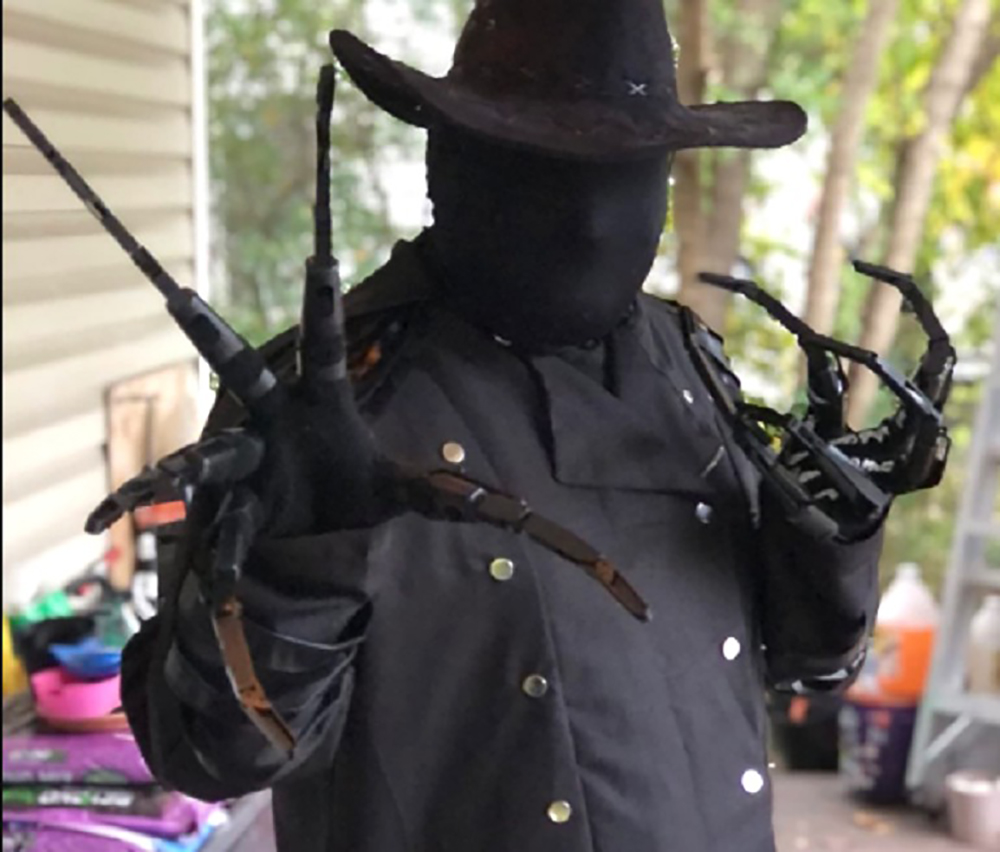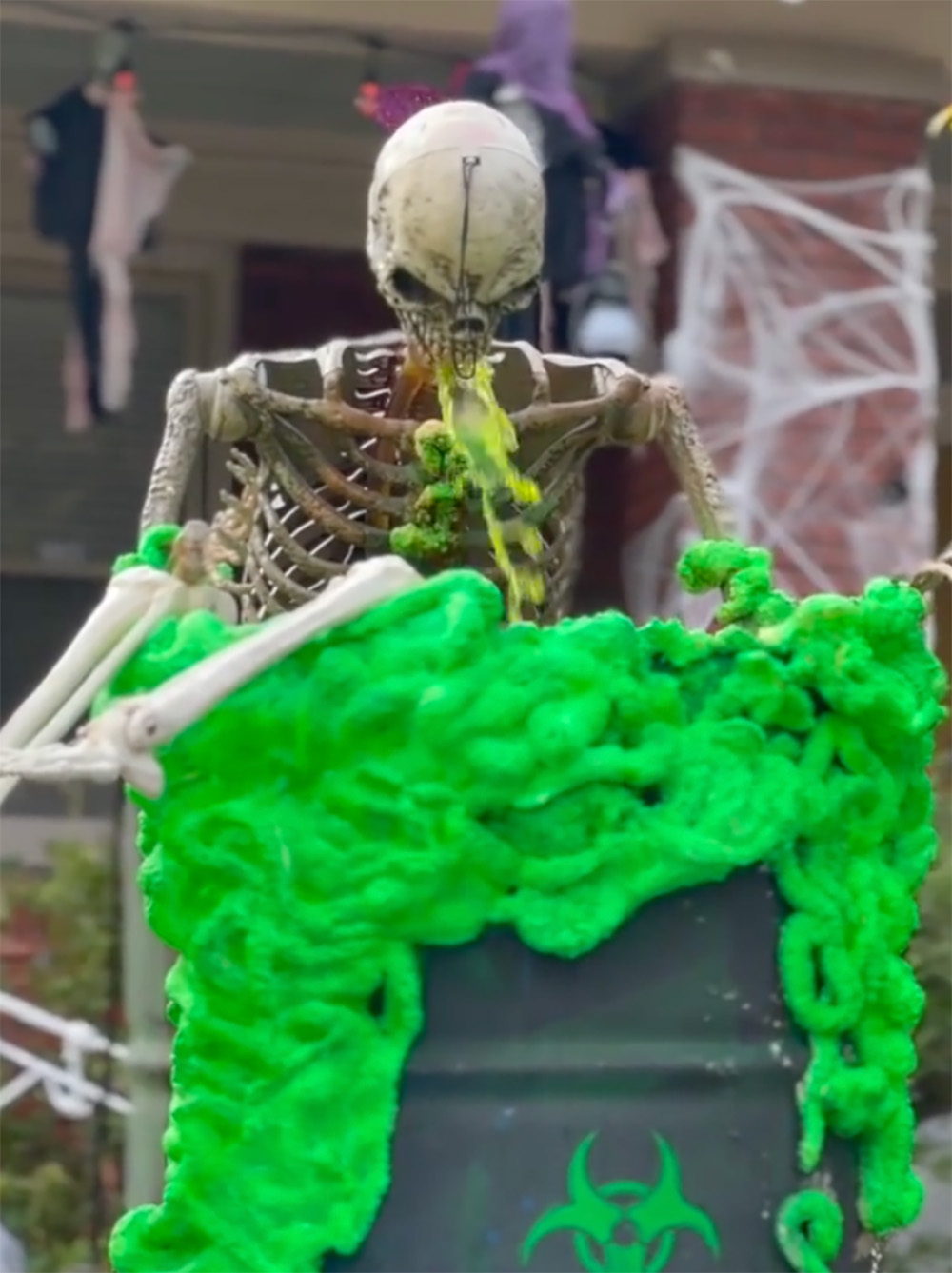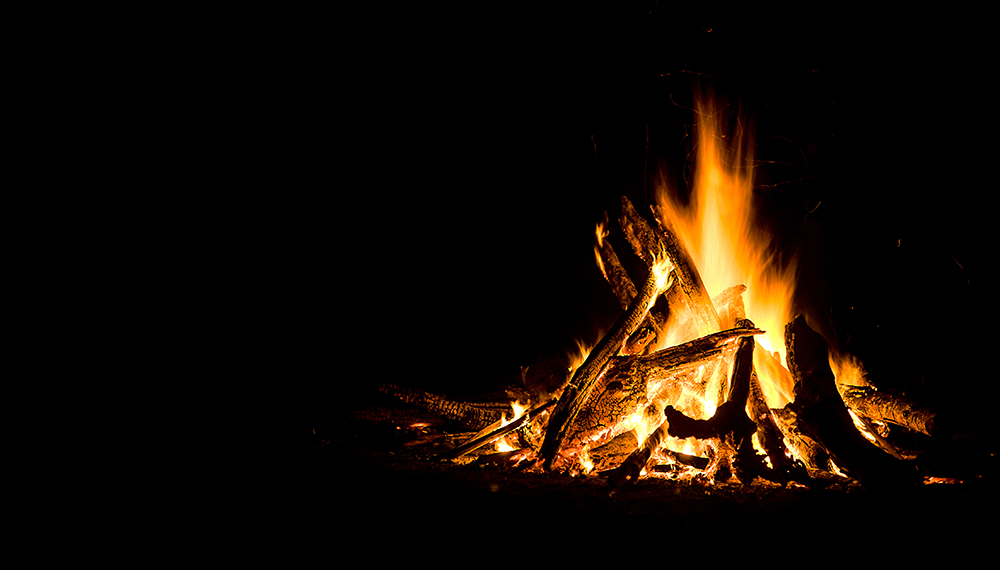The first book series I remember being immersed in was Alvin Schwartz’s Scary Stories to Tell in the Dark. I have a distinct memory of lying on the floor, elbows dug deep into the carpet, thumbing through them for the first time. I was probably 8 or 9 years old, my eyes half-closed in fright upon passing a page with one of Stephen Gammell’s ghastly illustrations. While the twisted tales of ghosts and ghouls, death and decomposition, and mania and murder were probably not quite fit for young minds or eyes (“the worms crawl in, the worms crawl out”), I eventually read the three installments several times through. The stories and drawings embedded themselves into my psyche in a strange way — and taught me more about mortality and fear than I’d yet to learn from real-life experience. It’s likely that Scary Stories contributed to my eventual attraction to horror movies and the macabre. Creepshow, Nightmare on Elm Street, and Friday the 13th were among my favorite films long before I had any business watching them. And Halloween — along with all its spooky accoutrements — has always been my favorite holiday. Oddly enough, there was something I liked about being afraid, dipping my toes into these uncomfortable emotions through terror-inducing scenes on paper or screen.
Interestingly, there’s some science behind this. Research has been done on the enjoyment of horror and fear (i.e. films, haunted houses, murder podcasts). In a Psychology Today article, “On the Psychology of Horror Movies,” Mathias Clasen, Ph.D., writes of studies conducted by the Aarhus University in Denmark’s Recreational Fear Lab: “We think that horror provides an imaginative context in which people can play with fear. Horror movies invite viewers to immerse themselves in threat scenarios,” he writes. “ … those horrors stimulate the fear system with which evolution has equipped us. And because the fear system evolved to respond selectively to ancestrally relevant threats, the threats depicted in horror movies tend to reflect dangers that have haunted our species for thousands or even millions of years.”
The New York Times also explored this in “How Horror Stories Help Us Cope With Real Life,” saying, “Scary movies, books, and podcasts can help people think through how they would respond to threats and prepare them for worst-case scenarios … and consuming horror in controlled doses may actually be helpful for our mental health.”
In purposely consuming content that instills fear, we’re activating our fight-or-flight response, and this can help purge real-life, everyday anxieties and negative emotions — actually offering a type of catharsis. “Some studies have found that people who are feeling nervous or are prone to anxiety are drawn to horror films,” the Times’ Melinda Wenner Moyer continues. “Perhaps scary movies provide a new focal point for their worries: Instead of ruminating over, say, finances, they can worry about the zombies they’re watching.”
We get an endorphin rush viewing such scary scenarios — watching villains hunt down victims, for example — but from a safe vantage point. And today, we’ve got plenty of real fears — and things that make us feel unsafe — to sort through: unrelenting rises in cost of living, gun violence, war, global warming. And we can’t exactly hide our faces behind soft blankets to dispel them. Embracing and immersing ourselves in fictional fears might help us feel more in control in a seemingly out-of-control world.
As you settle into this Halloween holiday, don your creepiest costume, and gather around a fire, be sure to share the supernatural stories from this week’s cover story, “A Haunting in Memphis.” The tragedies, mysteries, and myths therein may provide some unexpected comfort this spooky season.



